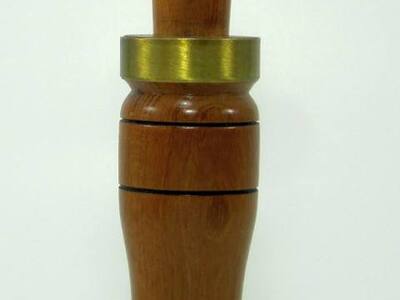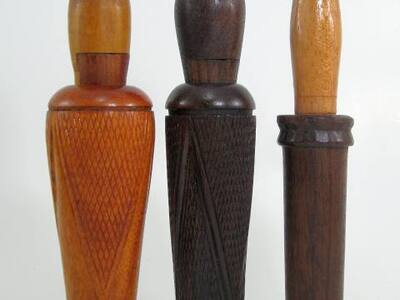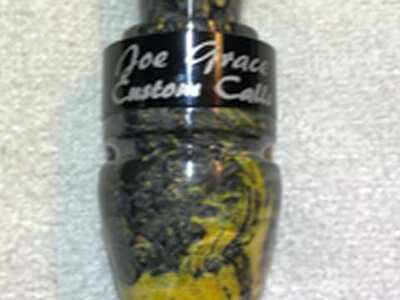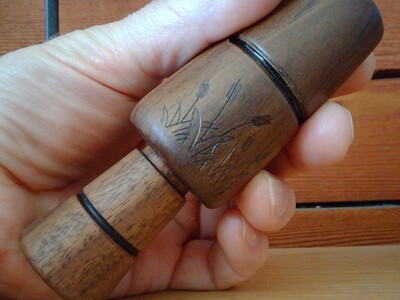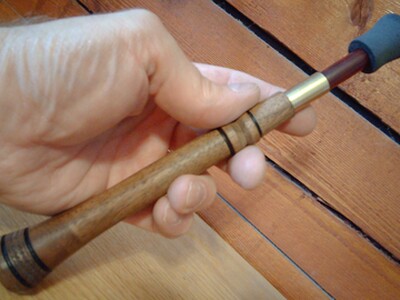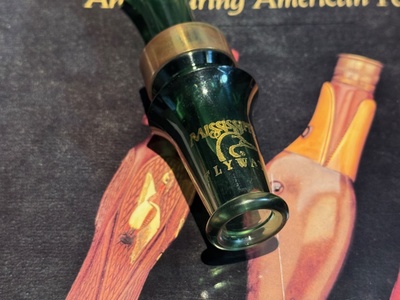Duck Call Materials
Posted: April 26, 2017
The denser the material, the louder and crisper duck sounds will be from the call. Calls are mostly made from wood, acrylic, or polycarbonate. However, materials such as Micarta, Corian, Delrin, bamboo (aka river cane) and other materials have also been used.
Wood
Wood is a very traditional material for duck calls and produce rich and raspy tones, but the tone will begin to change as soon as the tone board gets wet. When the tone board gets wet the wood grain rises, which changes the tolerances in the association between the sound channel and the reed. These subtle differences will totally changes the sound. Eventually the insert will swell with moisture, shrink with drying and then become less effective. Wood calls should be taken apart and air dried after use. Overall, wood tends to be real ducky sounding depending on the specie of wood used. Exotic woods tend to have more variety in sound such as tulip, ebony, and rosewood.
Acrylic
Acrylic calls, are very dense, usually more expensive, produce sharper sounds, and will not change with usage. Acrylic calls are turned on a lathe allowing for tighter tolerances. The reason for the higher price is the cost of the labor to turn and polish the acrylic. Acrylic sound is unaffected by moisture and temperature. However, Acrylic is not that durable. If you drop it on a hard surface, especially in the cold, it can crack or shatter. Many open-water calls are acrylic.
Polycarbonate
Polycarbonate calls are the least expensive and most durable call. Polycarbonate material starts as a solid, gets melted into a liquid, and then injected into a mold. Polycarbonate calls will not have the exceptional sound of wood or acrylic constructed call.

